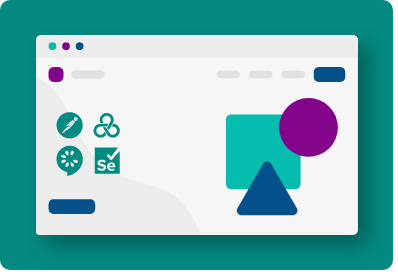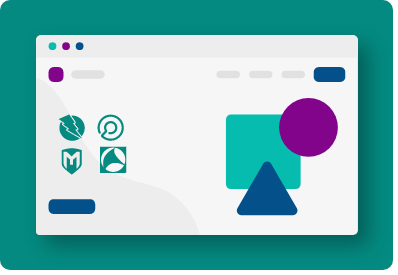In our ongoing series, we have been exploring the different types of technologies needed to build robust enterprise systems. Having already covered front-end and back-end technologies, let's now dive into API technologies.
What is an Api?
Firstly, to understand API technologies, it's crucial to comprehend what an API is. An API, or Application Programming Interface, is a set of rules that allows different software applications to communicate with each other. It defines methods of communication between various software components. In simple terms, it's like a menu in a restaurant: the menu provides a list of dishes you can order, along with a description of each dish. When you specify what menu items you want, the restaurant's kitchen does the work and provides you with some finished dishes. You don't know exactly how the restaurant prepares that food, and you don't really need to. Similarly, an API for a software application provides other applications with the ability to interact with its data and functionalities, without needing to know the details of its implementation.
APIs play a crucial role in modern enterprise systems, which often require integration with external systems for functionalities like payment processing, social media sharing, email services, and more. This is achieved through the use of API technologies, which enable the efficient and reliable communication between disparate software systems.
Now, let's explore some popular API technologies that are widely used in the industry:
With knowledge about these API technologies, you're well on your way to effectively building and managing enterprise systems. Stay tuned for our next blog where we'll be talking about Database technologies!























